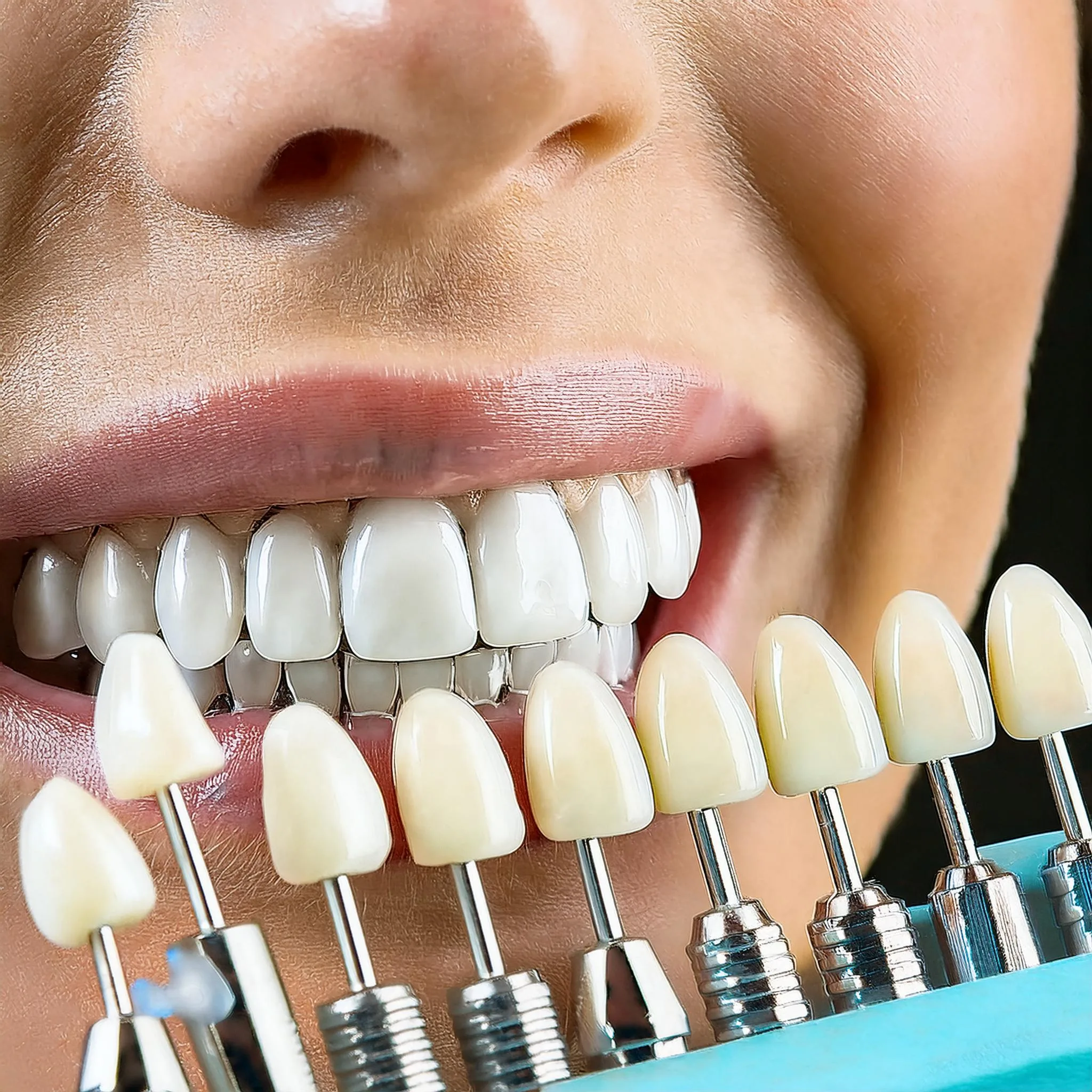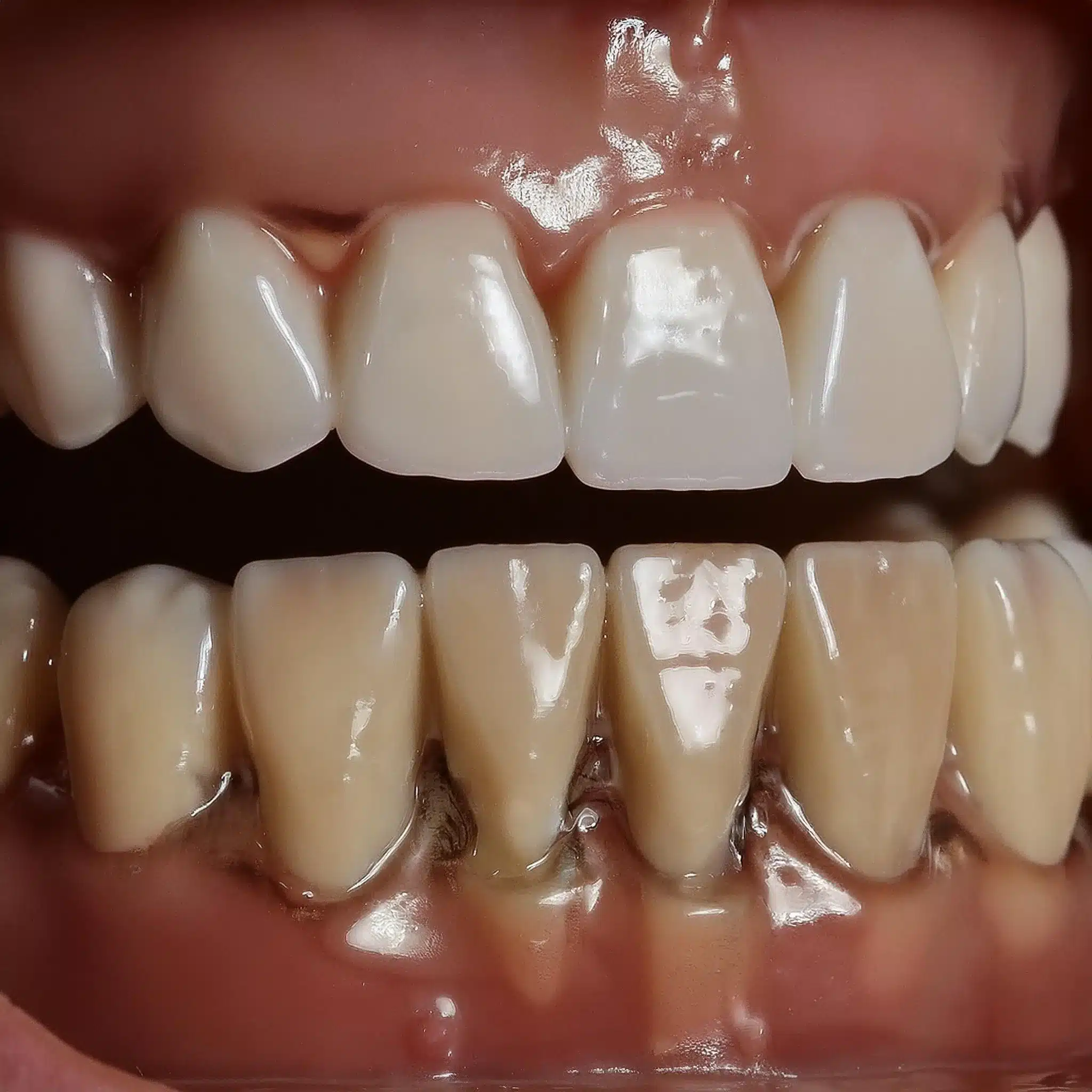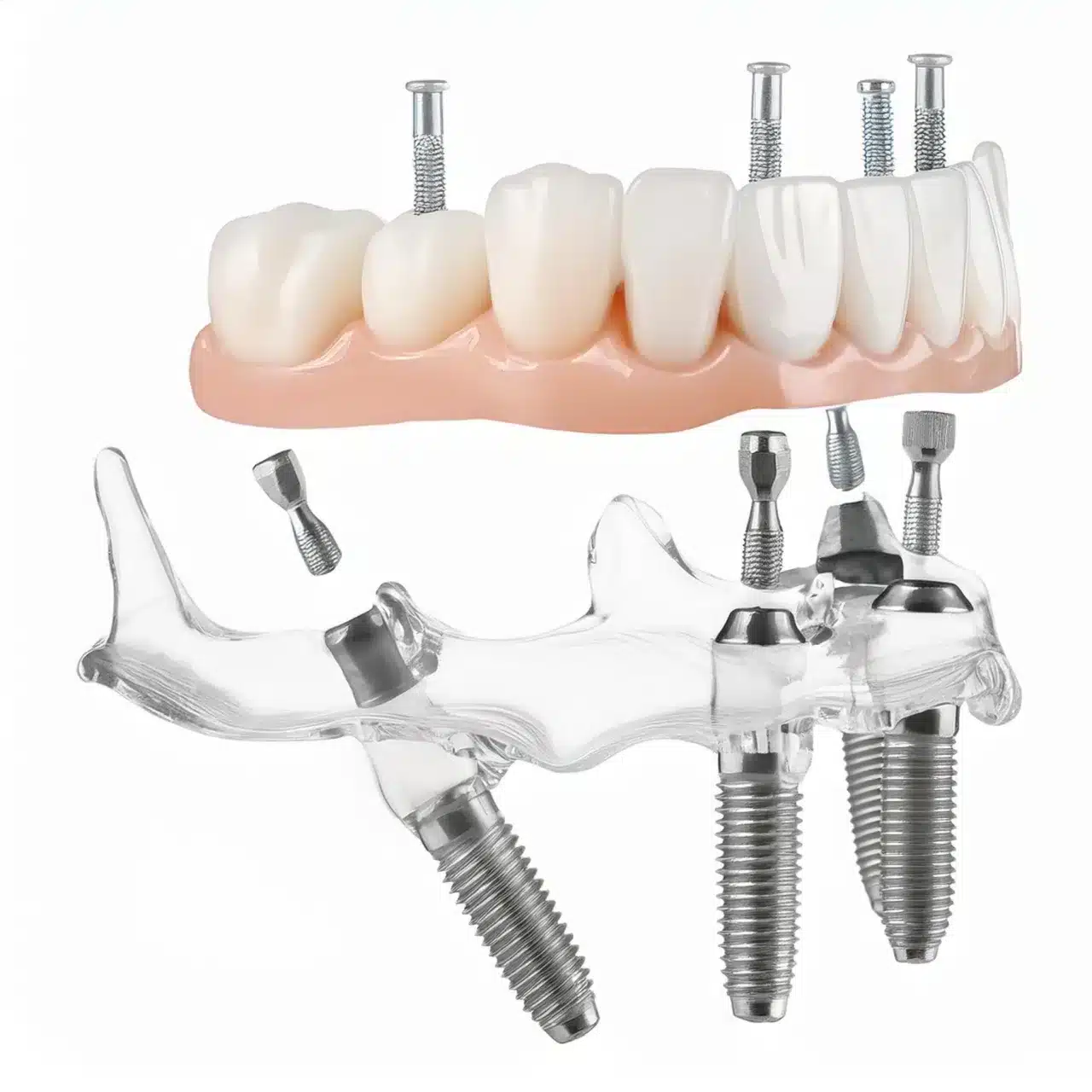Full-arch implants are the solution for those who have lost most or all of their teeth in one or both arches.
If you’re tired of the discomfort and insecurity of traditional dentures or looking for a more permanent and natural-looking tooth replacement option, you’re probably wondering what full-arch implants can do for you.
What Are Full Arch Implants?
Full arch dental implants are a comprehensive tooth replacement solution that uses surgically anchored implants in the jawbone to support an entire arch of prosthetic teeth. They provide a permanent, natural-looking alternative to traditional dentures, offering improved stability, functionality, and oral health benefits for those who have lost most or all of their teeth in one or both arches.
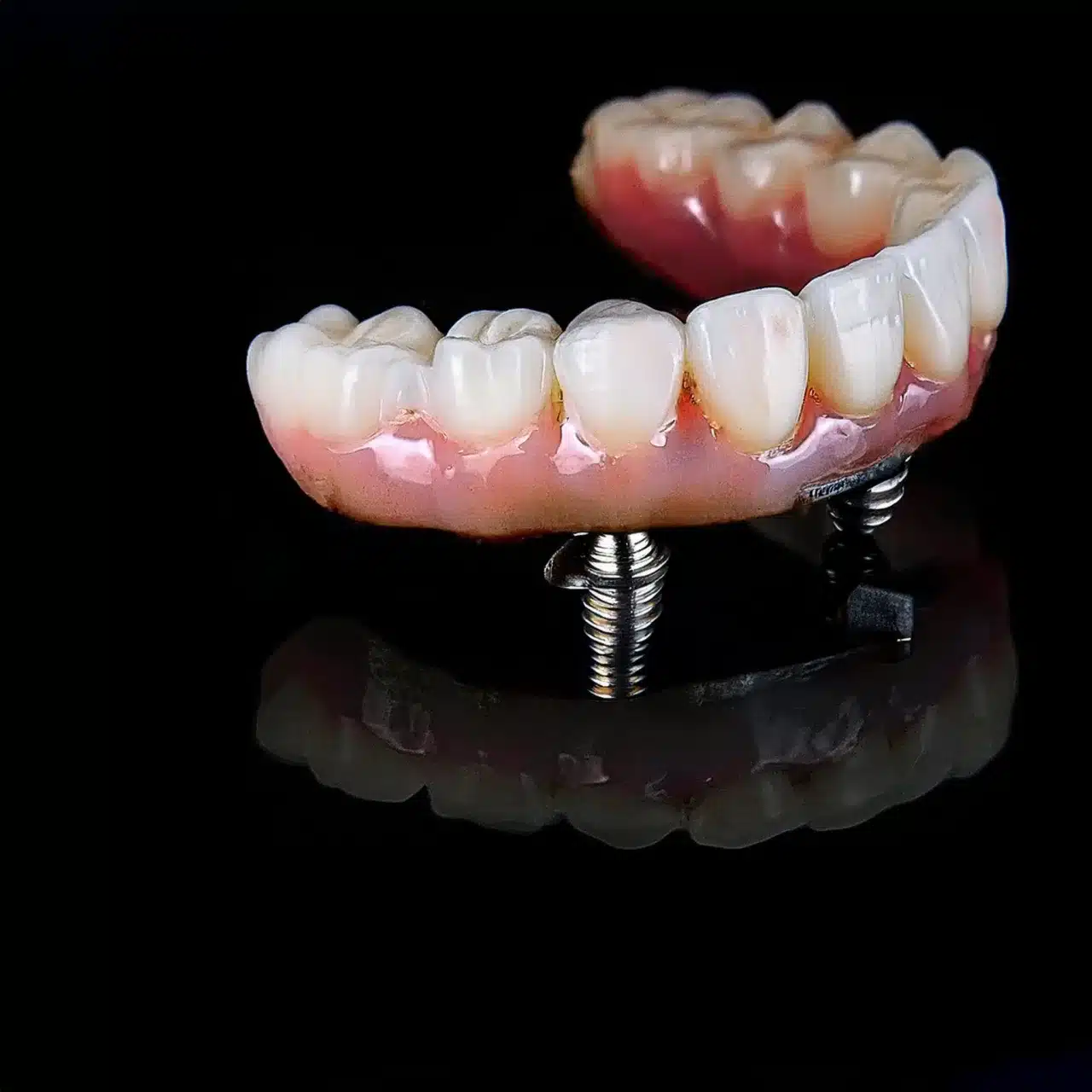
Benefits of Full Arch Implants
Natural-looking appearance
Full-arch implants give a remarkably natural appearance, close to the look and feel of natural teeth.
This is achieved by using high-quality materials and precise placement techniques.
According to a study, patients reported a significant improvement in their smile aesthetics and overall satisfaction after getting full arch implants (1)
Better Chewing and Speech
One of the biggest benefits of full-arch implants is the improvement in chewing efficiency and speech clarity.
Unlike traditional dentures, which can slip and be uncomfortable, implants are anchored in the jawbone so you can have a natural bite and clearer speech.
Research shows patients can experience up to 90% improvement in their ability to chew and speak after implantation (2).
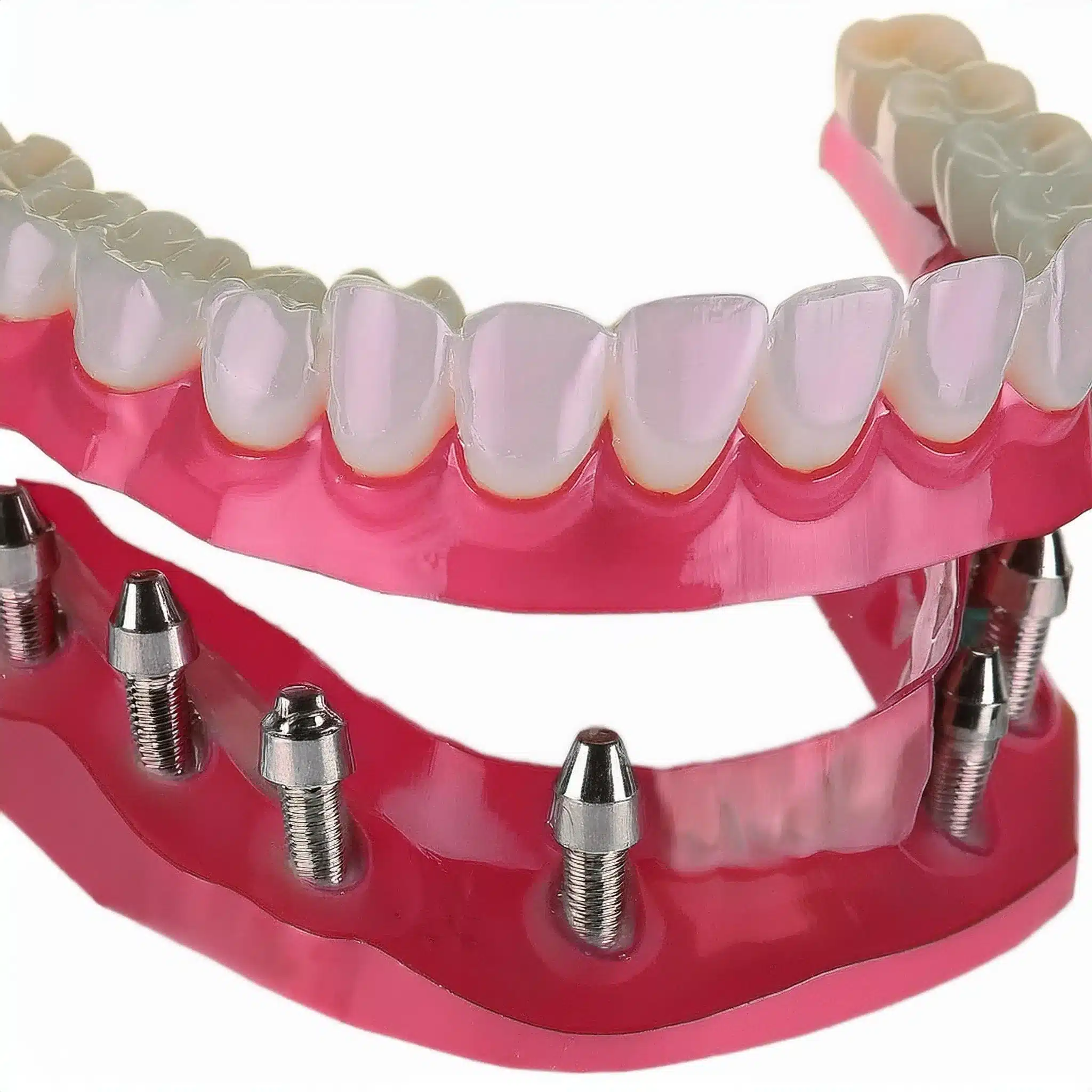
Better Oral Health
Full-arch implants contribute to better oral health by preventing bone loss in the jaw, a common problem with missing teeth.
The implants stimulate the jawbone, keeping it dense and structured.
This supports the facial structure and reduces the risk of further tooth loss.
Research shows implants can preserve up to 80% of the jawbone structure that would be lost with traditional dentures (3).
Full Arch Implants
All-on-4 Implants
All-on-4 implants are the most common type of full arch implants.
Four implants are placed in the jawbone to support an entire arch of teeth.
This is the most efficient and minimally invasive method and often requires less bone density than other implant types.
According to a study, All-on-4 implants have a high success rate; 95% of patients were satisfied with the results (2).
All-on-6 Implants
areAll-on-6 implants is an alternative to All-on-4, using six implants for added stability and support.
This is ideal for patients with more extensive tooth loss or those who need extra support for their dental prosthesis.
Research shows All-on-6 implants can give up to 20% improvement in chewing efficiency compared to traditional dentures (1).
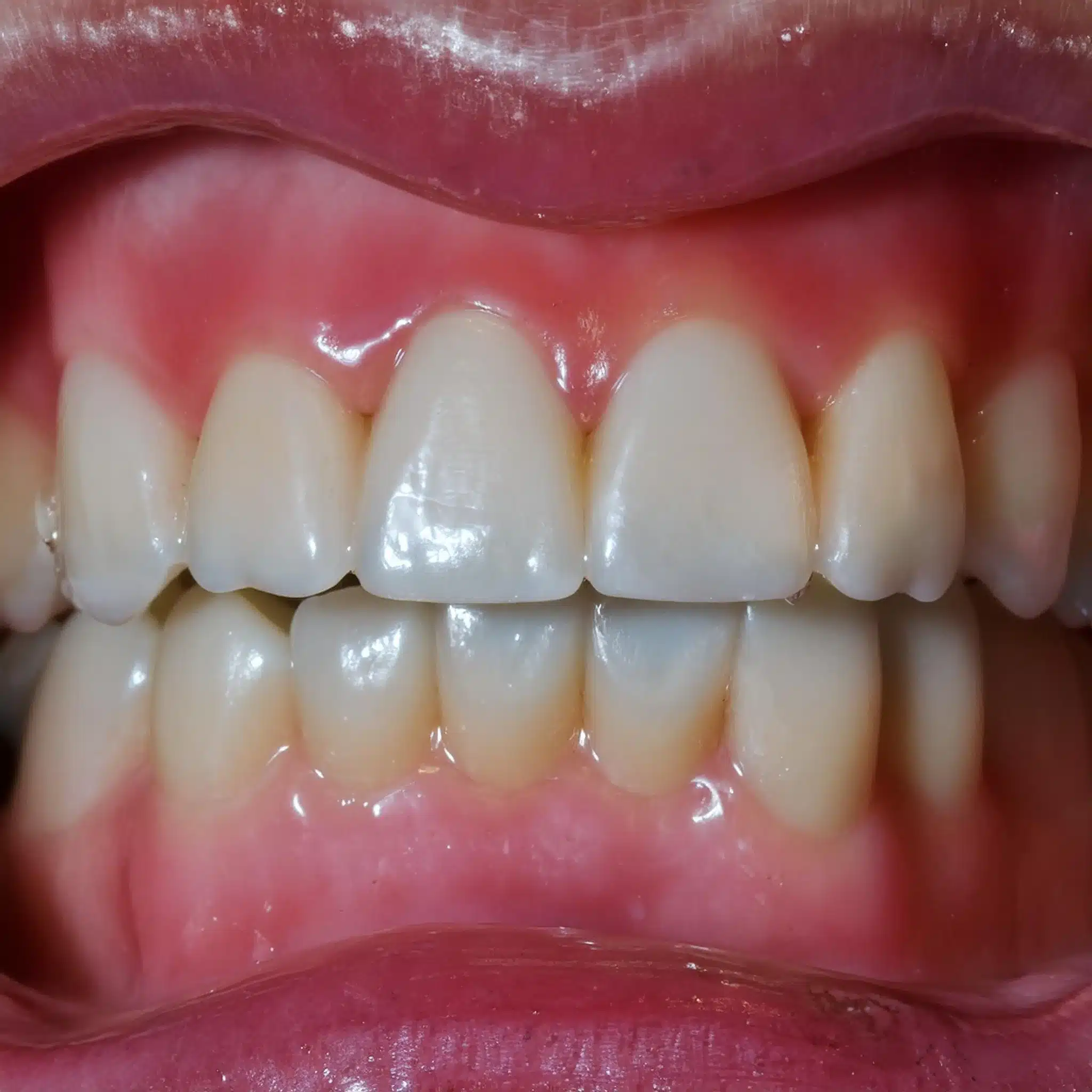
Fixed vs Removable
Full-arch implants can be fixed or removable; each has its own advantages.
Fixed implants are permanently attached to the jawbone and feel and look natural.
Removable implants can be taken out for cleaning and maintenance.
Studies show fixed implants have a higher patient satisfaction rate; 90% of patients prefer fixed over removable implants (2).
| Lloji | Numri i Implanteve | Stabiliteti | Bone Density Requirement | Patient Satisfaction Rate |
|---|---|---|---|---|
| Të gjitha-në-4 | 4 | Lartë | Lower | 95% |
| All-on-6 | 6 | Very High | Higher | 90% |
The Full Arch Implant Process
Consultation and Planning
The full arch implant journey starts with a thorough consultation and planning.
During this phase, dental professionals will assess the patient’s oral health, bone density, and specific needs.
Advanced imaging techniques like 3D scans are used to create a precise treatment plan.
According to recent studies, this initial planning stage increases the success rate of the implants by 15% when digital planning tools are used (1).
Implant Placement
Once the planning is complete, the next step is the surgical placement of the implants.
This procedure involves inserting titanium posts into the jawbone, which will serve as the foundation for the replacement teeth.
The surgery is typically performed under local anaesthesia, ensuring patient comfort.
Depending on the patient’s bone quality and overall oral health, dentists may opt for either Immediate vs Delayed Loading Dental Implants, with immediate loading allowing for same-day teeth placement while delayed loading requires a healing period.
Research indicates that the average healing time post-surgery is approximately 3 to 6 months, during which the implants integrate with the bone

Healing and Integration
The healing phase is critical for full-arch dental implants.
During this period, the implants will undergo osseointegration, a process where the bone will fuse with the titanium posts and provide stability and support.
Studies show the osseointegration success rate is 95%; most patients experience minimal discomfort and complications (3).
Final Prosthesis Attachment
After integration is done, the final step is attaching the prosthetic teeth to the implants.
This involves customizing the prosthesis to match the patient’s natural teeth in color and shape so it will look natural.
Patients experience significant improvement in their quality of life after the procedure; 85% of patients are satisfied with the aesthetics and functionality of their new teeth (2).
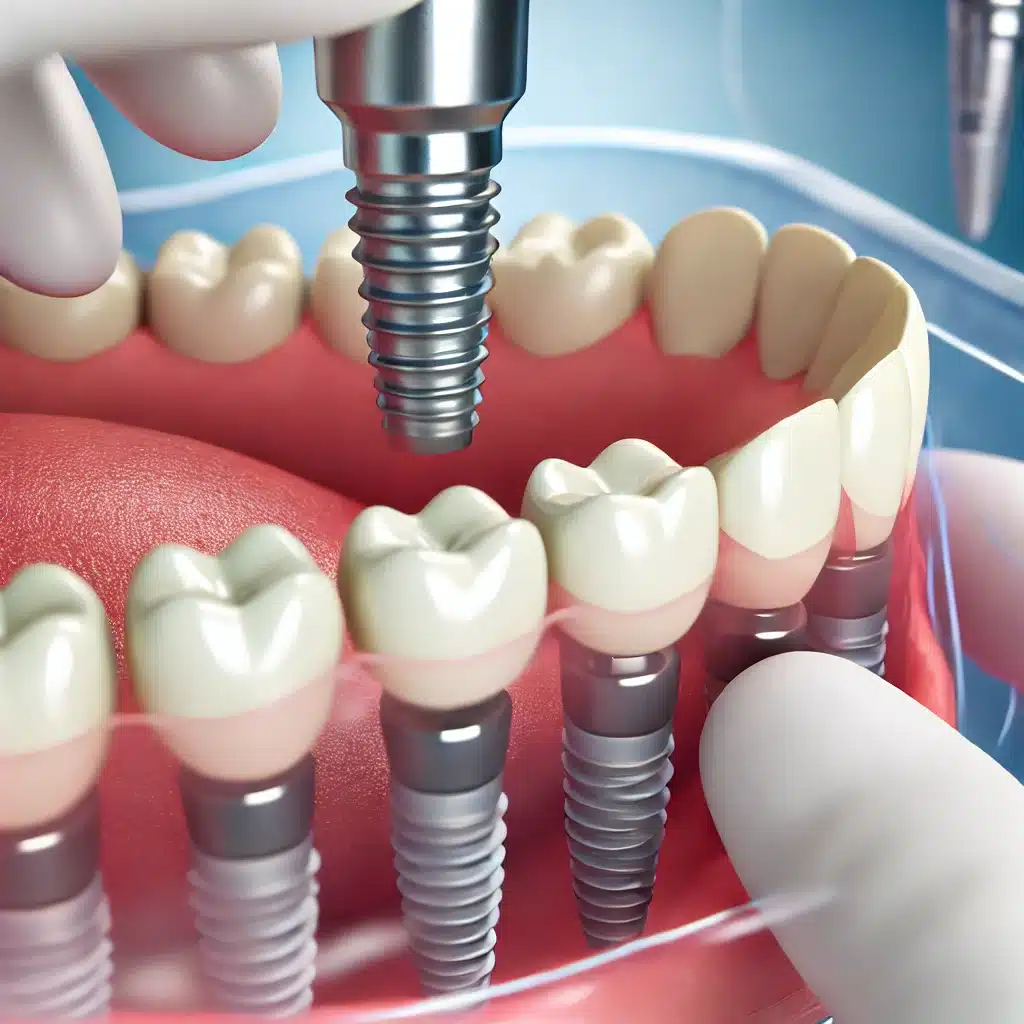
Implantet Dentare: Single vs Multiple vs Full Arch
Single vs Multiple
When considering tooth replacement options, it’s essential to understand the differences between single dental implants, multiple implants, and full-arch implants.
Single dental implants is for replacing single missing tooth; multiple implants are for more extensive tooth loss.
Full-arch dental implants are for those who have lost most or all of their teeth in one or both dental arches.
According to a study, patients who had full arch implants experienced significant improvement in their quality of life; 85% were satisfied with the results (3).
Benefits of Full Arch
Full-arch dental implants has more benefits than single and multiple implants.
They offer a more natural look, better chewing and speaking capabilities, and better oral health.
Research shows full-arch implants can preserve up to 90% of the jawbone that would be lost with traditional dentures (1).
Choose the Right for You
Choosing between single, multiple, and full arch dental implants depends on the extent of tooth loss and individual needs.
A thorough consultation with a dentist is necessary to determine the best option for you.
Studies show patients who undergo a comprehensive evaluation and planning process have better treatment outcomes and a higher satisfaction rate (2).
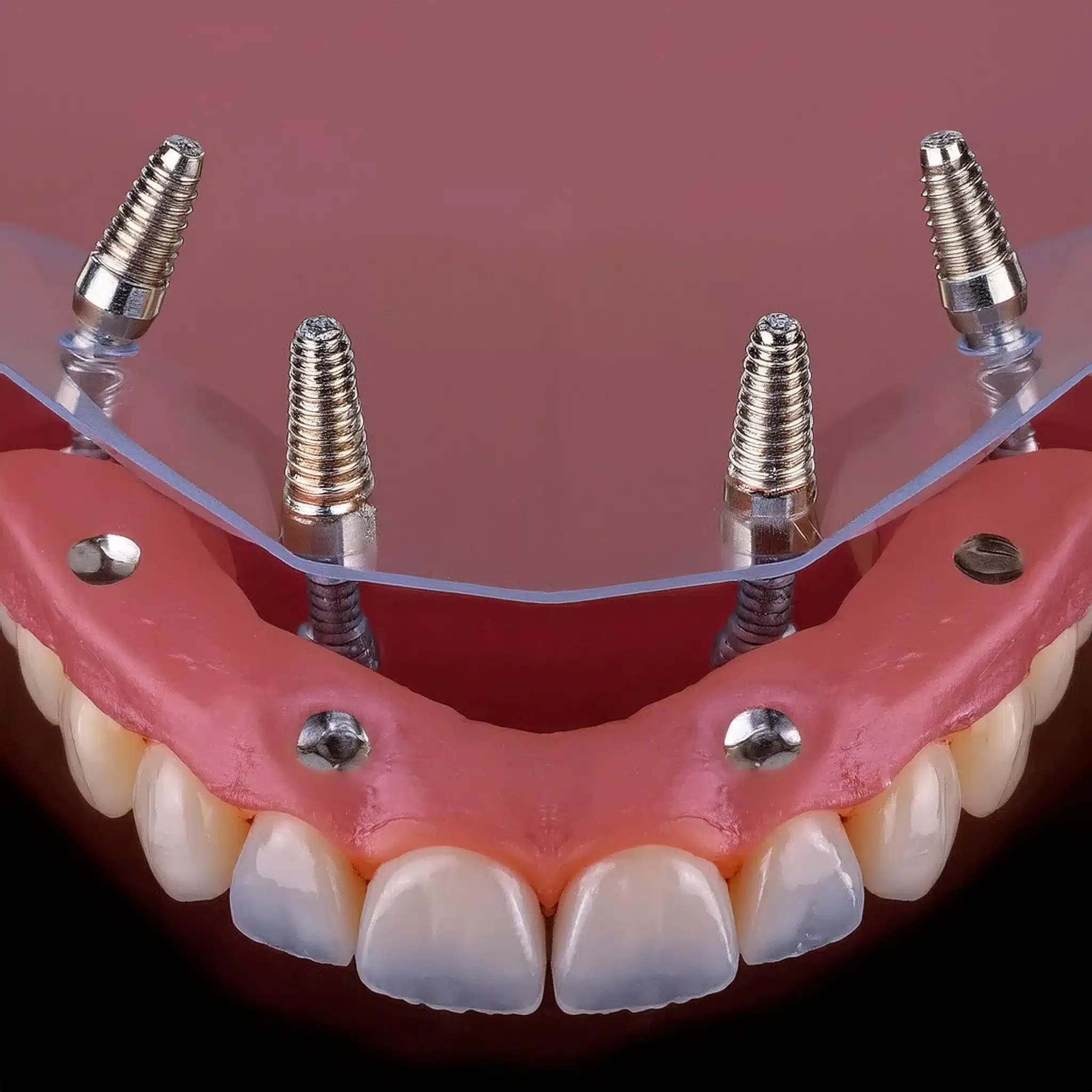
Përfundim & Çështje kryesore
Çelës-Takeaways
Full-arch dental implants is a life-changing solution for those who have lost most or all of their teeth in one or both dental arches.
They look natural, have better chewing and speaking, better oral health and can last for decades or even a lifetime.
The process involves consultation and planning, implant placement, healing and integration, and final prosthesis attachment.
Full-arch dental implants is more stable and comfortable than traditional dentures and can preserve up to 90% of the jawbone.
konkluzioni:
Full-arch dental implants is a total tooth replacement solution that can change the life of individuals with extensive tooth loss. With their natural look, better functionality and long-lasting durability, they are a better alternative to traditional dentures. By understanding the benefits, types and process involved, patients can make informed decision about their dental health and get a more confident and comfortable smile.
FAQ
Referencat
Jung MC, Jo H, Jo HG, et al. Long-term steroid therapy and Denosumab treatment leading to peri-implant medication-related osteonecrosis of the jaw: a case report. J Dent Implant Res. 2024;43(3):27-32.
Neni: Terapia afatgjatë me steroide dhe trajtimi me Denosumab që çojnë në osteonekrozë të nofullës të lidhur me mjekimin peri-implant: një raport rastiAmin OA, Shehata IM, Kamel HM, et al. Assessment of stability of early-loaded nano-coated hydroxyapatite implants in posterior maxilla. J Dent Implant Res. 2024;43(1):1-8.
Neni: Vlerësimi i stabilitetit të implanteve hidroksiapatite të veshura me nano të ngarkuara herët në maksillën e pasmePark IS, Kim YK, Jeong DG, et al. Minimally invasive immediate implantation in teeth with gingival recession: 3 case reports. J Dent Implant Res. 2024;43(2):9-18.
Neni: Implantimi i menjëhershëm minimalisht invaziv në dhëmbë me recesion gingival: 3 raporte rasti
